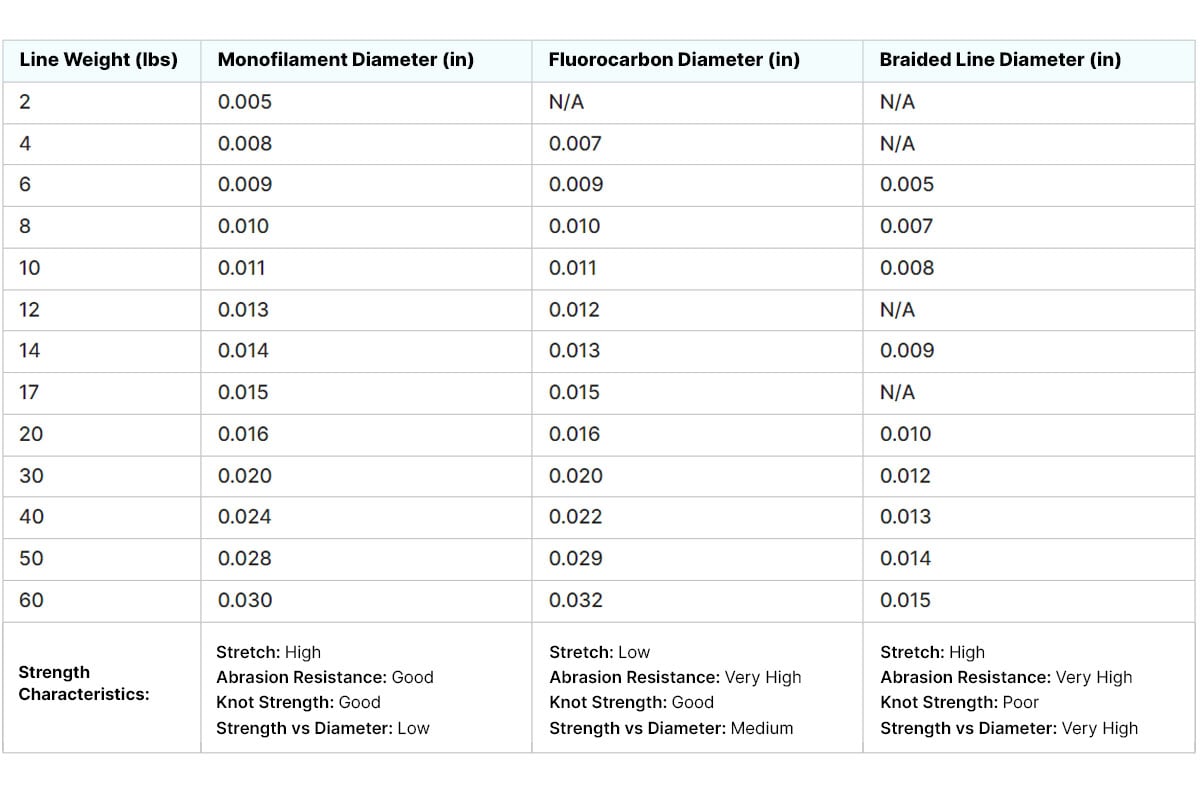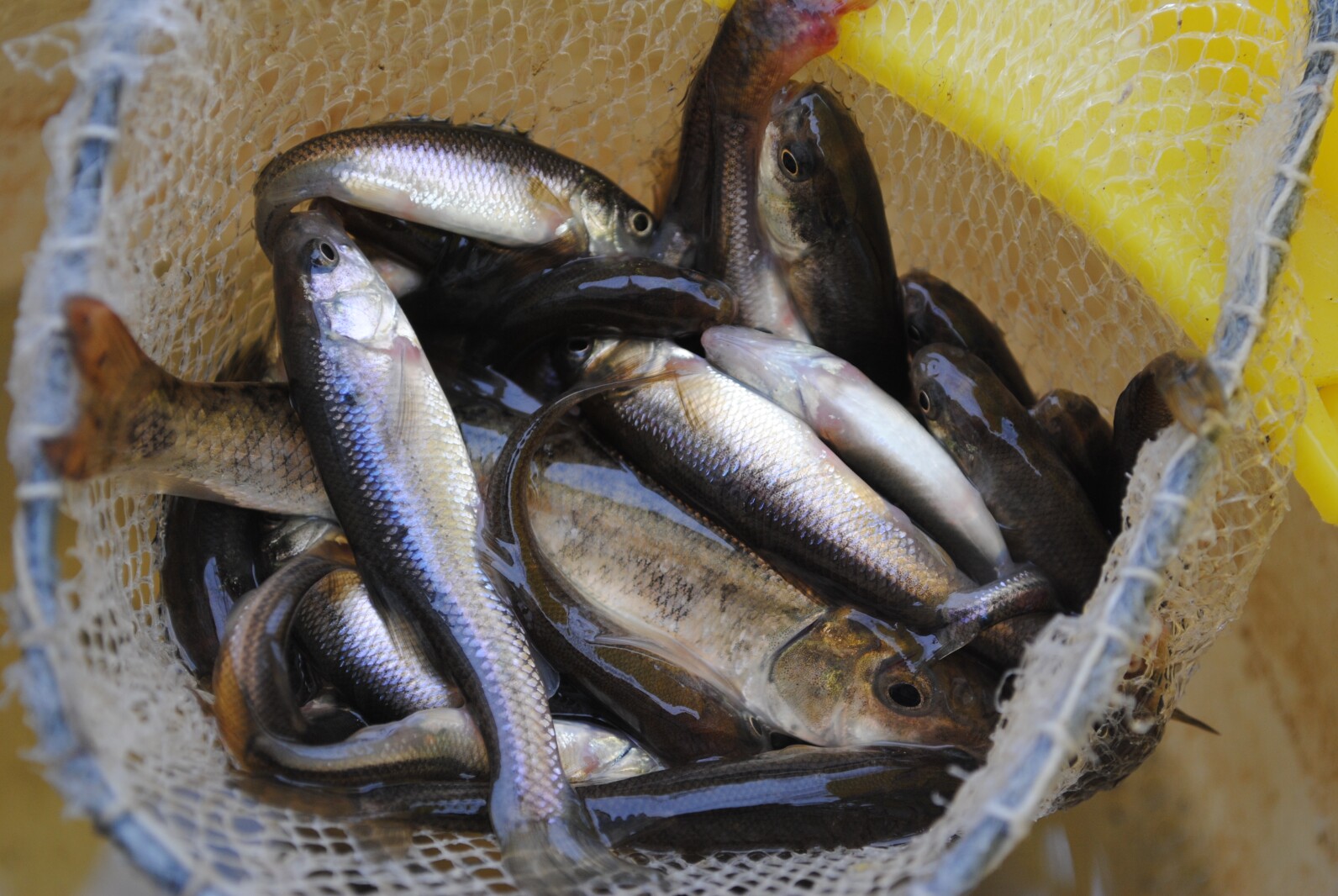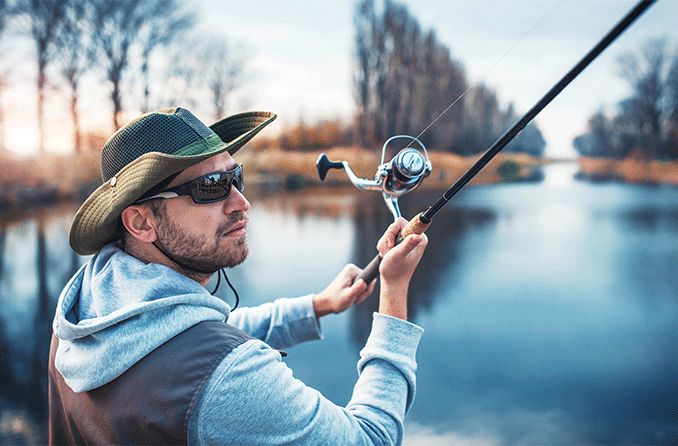Trout catching offers a unique blend of relaxation and challenge, attracting anglers of all skill levels. The right equipment is crucial in ensuring successful outings and creating memorable experiences. From selecting the proper rod and reel to choosing the best lures and baits, understanding your equipment is the first step toward becoming a proficient trout angler.
Fishing Rod and Reel Selection
Rod Specifications:
Choosing the right rod is vital for effectively casting and handling trout. A rod length of 6 to 8 feet is ideal, providing a good balance between casting distance and control. Opt for a light to medium-light action rod, which offers the sensitivity needed to detect subtle trout bites. Graphite rods are a popular choice due to their lightweight and sensitive properties, allowing anglers to feel even the lightest nibbles.

Reel Types:
Spinning reels are preferred by many trout anglers for their versatility and ease of use, especially for beginners. When selecting a reel, consider the size and gear ratio. A size 1000 to 2500 reel with a smooth drag system and a gear ratio between 5:1 and 6:1 provides the necessary speed and power to handle trout.
Fishing Line
Types of Line:
Two main types of fishing lines are commonly used in trout fishing: monofilament and fluorocarbon. Monofilament is an excellent choice for beginners due to its easy handling and cost-effectiveness. On the other hand, fluorocarbon is nearly invisible underwater, making it ideal for clear water conditions where trout are more cautious.
Line Strength:
For most trout fishing scenarios, a line strength of 2 to 6 pounds is sufficient. Lighter lines allow for more natural lure presentations and increased sensitivity. However, if you’re targeting larger trout or fishing in areas with heavy cover, consider using a slightly heavier line.

Hooks and Lures
Hook Selection:
When choosing hooks, sizes #8 to #14 are recommended for trout fishing, depending on the size of the trout and the type of bait used. Barbless hooks are often preferred for catch and release fishing, minimizing harm to the fish and making hook removal easier.
Lure Types:
Selecting the right lures is crucial for attracting trout. Spinners and spoons are popular choices because they create movement and vibration in the water, enticing trout to strike. Jigs and soft plastics are effective for mimicking natural prey, especially when fishing in deeper waters.
Fly Fishing:
Fly fishing is a popular technique for trout fishing, involving the use of dry flies, wet flies, and nymphs. Matching the hatch, or selecting flies that imitate local insect activity, is essential for successful fly fishing. Observing the insects present on the water’s surface and choosing flies that closely resemble them can significantly increase your chances of catching trout.
Bait Options
Natural Bait:
Natural baits such as worms, minnows, and insects are commonly used for trout fishing. Rigging these baits correctly and presenting them naturally in the water is crucial for enticing trout to bite.

Artificial Bait:
Artificial baits like PowerBait and synthetic dough baits are effective for catching stocked trout. These baits are designed to mimic the scent and appearance of natural food sources, making them attractive to hungry trout.
Additional Gear
Tackle Box:
A well-organized tackle box is essential for storing lures, hooks, and other small accessories. Keeping your tackle box tidy ensures quick access to the right gear when needed.
Net:
A rubber net is recommended for landing trout to prevent damage to the fish’s protective slime layer. This is especially important for catch-and-release fishing, as it minimizes stress on the fish.
Waders:
Waders are indispensable for accessing deeper water and staying dry, especially in colder environments. Chest or hip waders allow you to move freely and comfortably while fishing.
Polarized Sunglasses:
Polarized sunglasses are a valuable accessory for trout fishing, reducing glare on the water’s surface and improving visibility. They help you spot fish and underwater structures, increasing your chances of a successful catch.

Setting up the right equipment for trout fishing is essential for enhancing your angling experience. By selecting the appropriate rod, reel, line, hooks, and lures, you can maximize your chances of success on the water. Tailor your gear choices to match your fishing style and the conditions you’ll encounter, ensuring an enjoyable and rewarding trout fishing adventure.

Robert Smith is the proud owner of Bait Barrels and Bows, a premier fishing sports store established in 1989. With over three decades of experience in the industry, Robert has honed his skills to become an expert angler, sharing his vast knowledge and passion for fishing with enthusiasts around the world. Through his store and writings, Robert provides invaluable tips and guidance, helping both novice and seasoned anglers improve their techniques and enjoy the sport to its fullest. His commitment to the fishing community is evident in his dedication to quality products and excellent customer service.

